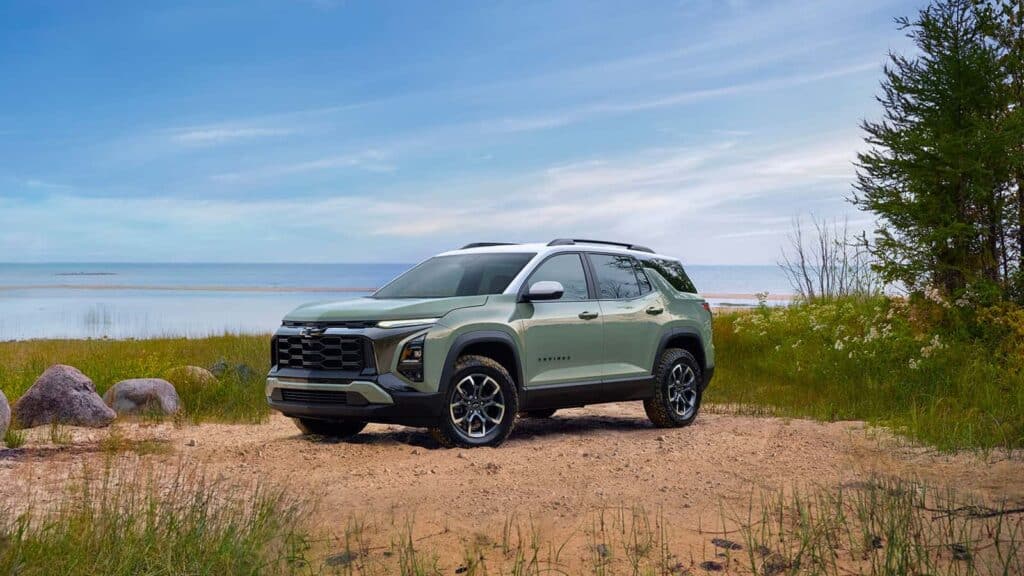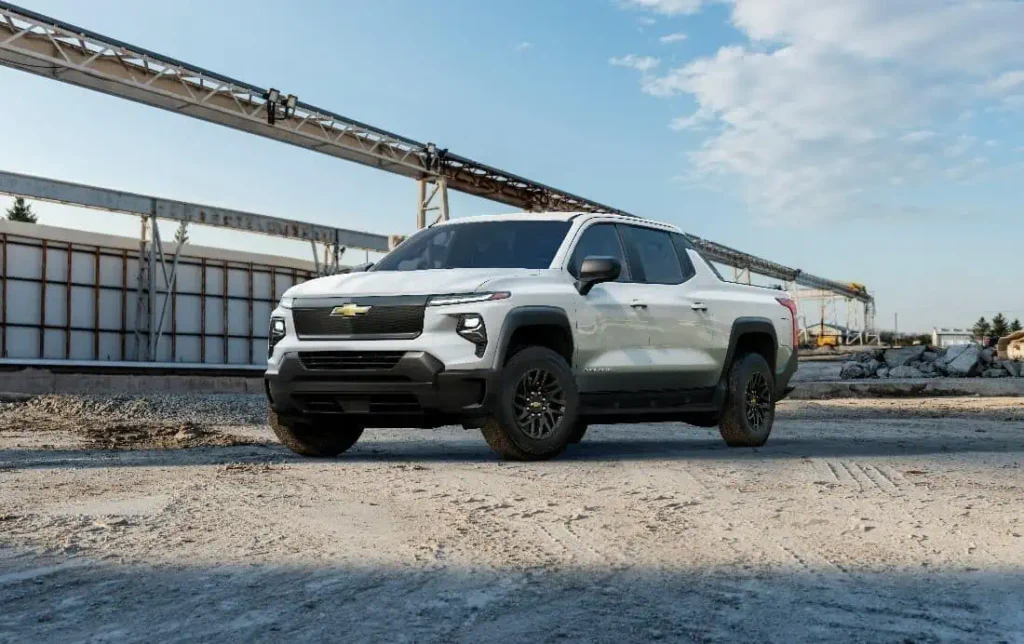GM’s Mary Barra Shares Strong Q3 Results Showing Significant EV Growth
On October 22, 2024, Mary Barra, Chair and Chief Executive Officer at General Motors, shared GM’s 2024 Third-Quarter (Q3) results showing 2024 revenue of $48.8 billion, net income attributable to stockholders of $3.1 billion, and EBIT-adjusted of $4.1 billion.
Barra said: “I’m proud to share General Motors’ strong Q3 results today, driven by our progress on EV profitability, rising sales and market share growth. Our EVs are growing, and in Q3 we were the #2 seller of EVs in North America. With our strong third quarter results, we now expect our full-year EBIT-adjusted to be in a range of $14 billion -$15 billion and we are raising our guidance for adjusted automotive free cash flow and earnings per share.”
“We continue to launch redesigned gas-powered SUVs and new EVs, giving customers more choices.
We remain on track to reach our 2024 EV production and profitability targets. I’m confident we can build on this momentum to demonstrate both leadership and our true long-term growth potential. You can read more in my letter to shareholders,” Barra continued.

GM Now #2 EV Seller in America
GM rapidly gained EV market share in America in 2024, now in second place for market share, followed by Hyundai and Ford. Ford formerly held the number two spot.
Barra said: “In the third quarter, we grew U.S. retail market share with above-average pricing, well-managed inventories and below-average incentives.”
Battery Success
In the letter to shareholders, Barra said: “Today’s third quarter earnings announcement caps an eventful month for GM. Two weeks ago, we hosted analysts and investors in Spring Hill, Tenn. where we build ICE and EV Cadillacs on the same assembly line. Spring Hill is also home to one of the world’s best battery cell plants, which we operate with LG Energy Solution. These plants showcase the battery expertise, manufacturing flexibility, and scale that is helping GM grow and we were excited to give investors a chance to see them in action.”
Barra continued: “This is a function of our investments in a dedicated EV platform, U.S. battery cell manufacturing and flexible assembly capacity. Most of our competitors lack these advantages. And no one can match the depth and breadth of our strategic EV portfolio.”
Improved Performance in China
Barra also mentioned improved performance in China in the shareholder letter. On October 10, GM released details showing that in the third quarter of 2024, General Motors (GM) and its joint ventures delivered over 426,000 vehicles in China, marking a 14.3% sequential growth rate, the highest since Q3 2022.
A significant milestone for GM in China, this quarter also saw sales of new energy vehicles (NEVs)—including battery electric vehicles (BEVs) and plug-in hybrids (PHEVs)—outperform sales of internal combustion engine (ICE) vehicles for the first time. NEV deliveries exceeded 224,000 units, representing 52.7% of GM’s total deliveries in China for the quarter and showcasing a substantial 60.7% year-on-year growth in NEV sales.
This shift highlights GM’s increasing focus on electrification and its alignment with China’s rapidly growing NEV market, which is being driven by strong demand for sustainable mobility solutions.
Barra said: “In China, sales improved from the second quarter, and dealer inventory fell sharply.”

GM Has the Largest and Most Diverse EV Portfolio in the Industry
GM offers a diverse lineup of electric vehicles (EVs) designed to cater to various preferences and needs. These include long-range, affordable models like the Chevrolet Equinox EV, luxury options such as the Cadillac LYRIQ, and powerful, capable electric trucks like the GMC HUMMER EV, Chevrolet Silverado EV, and GMC Sierra EV. GM ensures there’s an EV for every type of driver, whether they prioritize range, luxury, or performance.
Looking ahead, GM plans to expand its EV portfolio with exciting new models, including the Cadillac VISTIQ and Cadillac OPTIQ. Additionally, the Chevy Bolt is set to make a return in late 2025, continuing GM’s commitment to offering affordable, reliable electric options.
GM is actively addressing one of the key concerns for potential EV buyers—range anxiety. Many of GM’s electric vehicles (EVs) in North America now offer a range of over 300 miles, with plans to extend range even further. For example, the new Silverado EV RST can achieve nearly 500 miles on a full charge, showcasing GM’s commitment to enhancing driving confidence for EV users.
In addition to improving range, GM is working to make charging more accessible and convenient. The company is partnering with other automakers, charging network providers like EVgo, and travel center operators such as Pilot Flying J to expand the EV charging infrastructure across the U.S. This collaboration aims to ease the transition to electric mobility by ensuring more widespread and reliable charging options, making EV ownership more practical for everyday drivers.
GM’s electric vehicle (EV) profitability is improving due to several factors, including declining battery cell costs. These cost reductions are driven by the high quality, efficiency, and scale of GM’s joint venture cell plants, along with other efficiencies gained through GM’s purpose-built EV platform. Additionally, GM has been aggressive in reducing fixed costs, achieving a reduction of $2 billion over the last two years, net of depreciation and amortization.
Beyond financial benefits, GM’s EV expansion is also having a significant social impact by creating thousands of new jobs within GM and its supply chain. EVs are not only contributing to cleaner air but are also helping to stimulate job growth, further supporting the economy and the transition to a sustainable future.

Electric Vehicle Marketing Consultant, Writer and Editor. Publisher EVinfo.net.
Services